Hot Breath of the Planet. Volcanoes and Glaciers
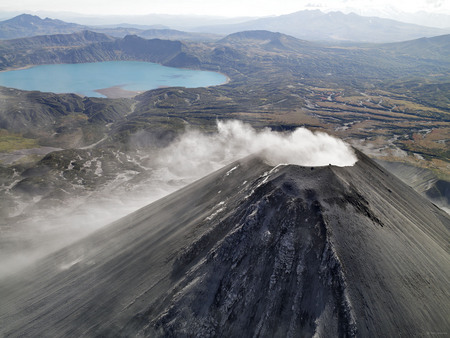
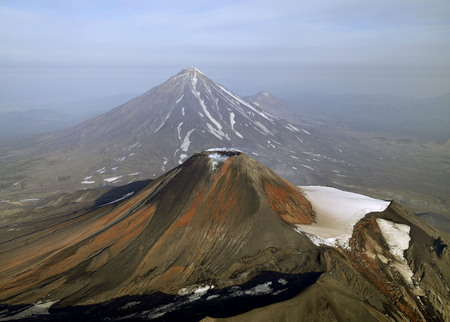
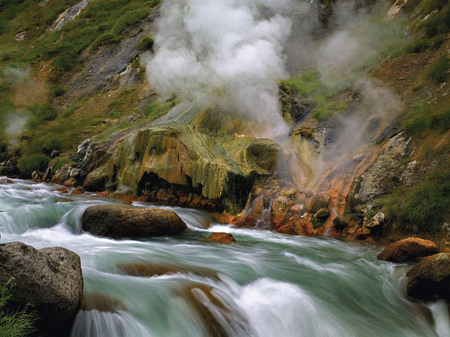
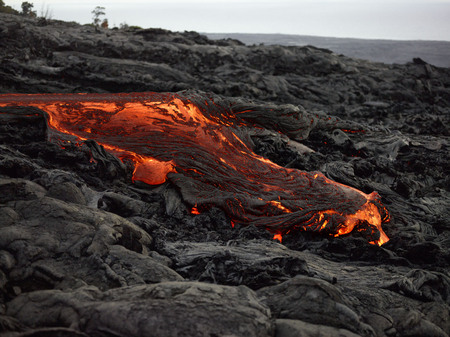
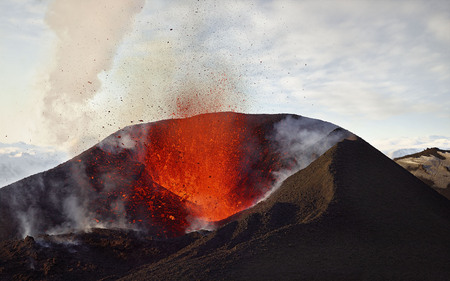
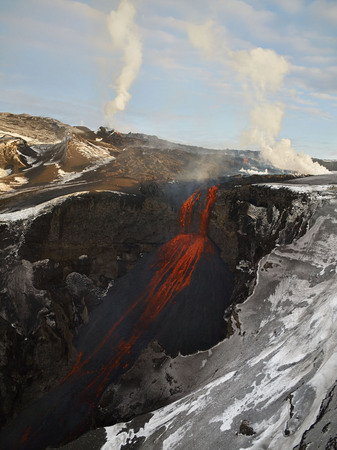
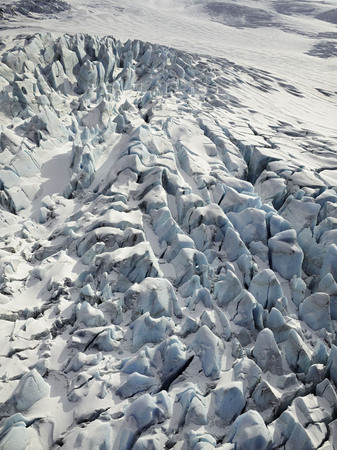
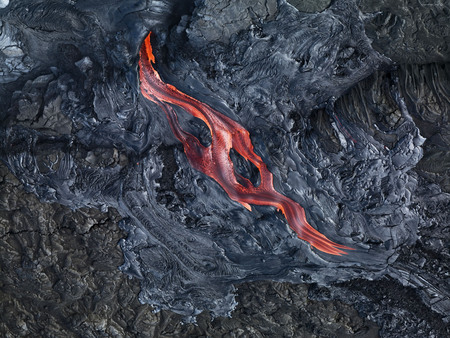
Lev Granovsky. Karymsky volcano, Kamchatka. 2008. © Lev Granovsky
Lev Granovsky. Avachinsko-Koryaksky group of “domestic” volcanoes, Kamchatka. 2007. © Lev Granovsky
Lev Granovsky. Malachite Grotto, Kamchatka 2006. © Lev Granovsky
Lev Granovsky. Lava from a distance of five metres, Hawaii. 2010. © Lev Granovsky
Lev Granovsky. Iceland. 2010. © Lev Granovsky
Lev Granovsky. Vertical – lava falls into a canyon, Iceland. 2010. © Lev Granovsky
Lev Granovsky. Close-up of a glacier, Iceland. 2010. © Lev Granovsky
Lev Granovsky. Lava, Hawaii. 2009. © Lev Granovsky
Moscow, 2.07.2010—29.08.2010
exhibition is over
Central exhibition hall Manege
1, Manege Square (
www.moscowmanege.ru
Share with friends
For the press
The eruption of Iceland’s Eyjafjallajokull volcano in April 2010 showed how human civilisation is ultimately weak and dependent on natural phenomena. For a while the most advanced forms of transport were disrupted, and the entire world still keeps a wary eye on volcanic activity in northern Iceland...
Two years ago Architecture Museum director David Sarkisyan called me, as always in the middle of the night and brimming with excitement: he had discovered a genius and an exhibition of his work was opening shortly. This genius turned out to be Lev Granovsky, a geologist, scientist and businessman who had begun taking photographs seriously six years before. In the knowledge that David never uses the word ‘genius’ without good reason, I hastened to the exhibition. It was stunning. I had never seen photography like it, in Russia or anywhere else. Photographs on a vast scale that gave the impression of monumental painted canvases harking back to the history of painting from the Renaissance to Romanticism, yet at the same time disturbing, an anticipation of imminent global cataclysms. These landscapes are photographs of breathtaking places that not all of us have the opportunity to visit, but they have nothing in common with tourist snapshots. On the contrary, you feel an element of mystery went into creating them and they produce a hypnotic effect that is hard to put into words.
Lev Granovsky is extremely serious about everything he does. As he explains: ‘Every landscape is a composite of tens, sometimes hundreds or thousands of shots taken from the same observation point with varying depths of field and exposure, sometimes at different times of day.’ Andreas Gursky used a similar technology of structural assembly in his most recent series, creating a metaphor for contemporary social processes. Granovsky’s subjects are primal, elemental forces that we increasingly fail to notice in our city anthills and the virtual world that increasingly overtakes our day-to-day existence. We are losing contact with the forces that gave birth to us, to which we must all eventually return. This is the vision of a man sensually overwhelmed by the grandeur of natural processes, yet at the same time the vision of a scientist striving to comprehend the logic and mechanism of these processes, probing spatial dimensions step by step and then uniting the shots in single epic canvases that reach to the depths instead of merely sweeping the surface. The author has superb mastery of photographic technique and technology. But rather than mechanically resorting to the latest advances in the field, he makes technology serve the feeling and concept behind each project. In Granovsky’s photographs, natural and contrived at the same time, we see the primordial presence in nature of compositional and colour schemes that artists have sought and depicted for centuries using intuition and imagination.
One theme of Granovsky’s scientific research is volcanoes. No coincidence that his best photographs come from Kamchatka and Hawaii — natural testing grounds for researching volcanic activity. Only recently we were reminded of how the Earth breathes by the Eyjafjallajokull volcano. Needless to say, Lev Granovsky was at the foot of this volcano in Iceland just as the eruption began. He captured events overlooked by the newsreels the whole world watched, amazed at how man can be paralysed by the eruption of one small volcano. Vainglorious and confident that the human race had subjugated the elements, twenty-first-century civilisation chose to forget how much we depend on nature.
Granovsky’s photographs of volcanic eruptions and geysers are certainly an establishment of fact, but they are by no means dispassionate. After close observation you realise that his work calls to mind the topology of Heaven and Hell, as portrayed in icons and masterpieces of painting. The power and grandeur, divine beauty and menacing force evoked by Granovsky’s photographs compel us to rethink the mutual relations between civilisation and nature and gain a deeper understanding of natural connections that are often crowded out by the flow of information and everyday cares. These connections activate within us the mechanism of a quest for the primal, essential meaning behind our existence, reminding us that art, not least the art of photography, is necessary to man for this very reason, allowing us to view ourselves and the world around us from a different perspective.
Olga Sviblova, director of Multimedid Art Museum,Moscow



